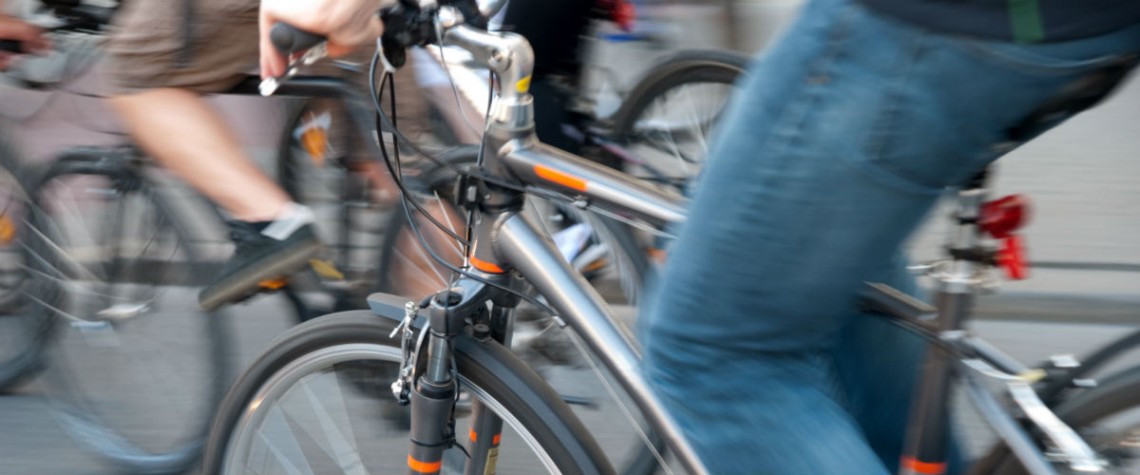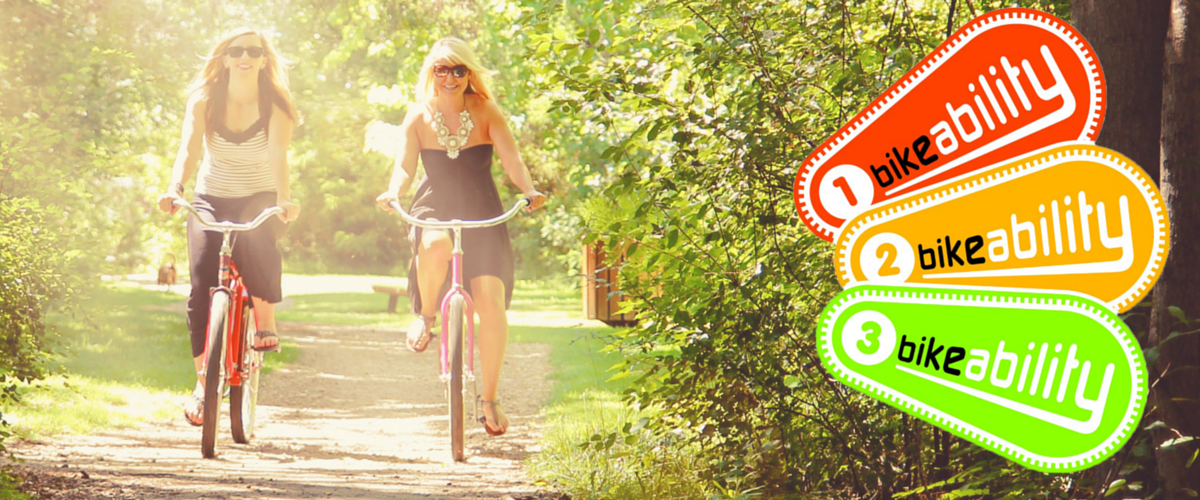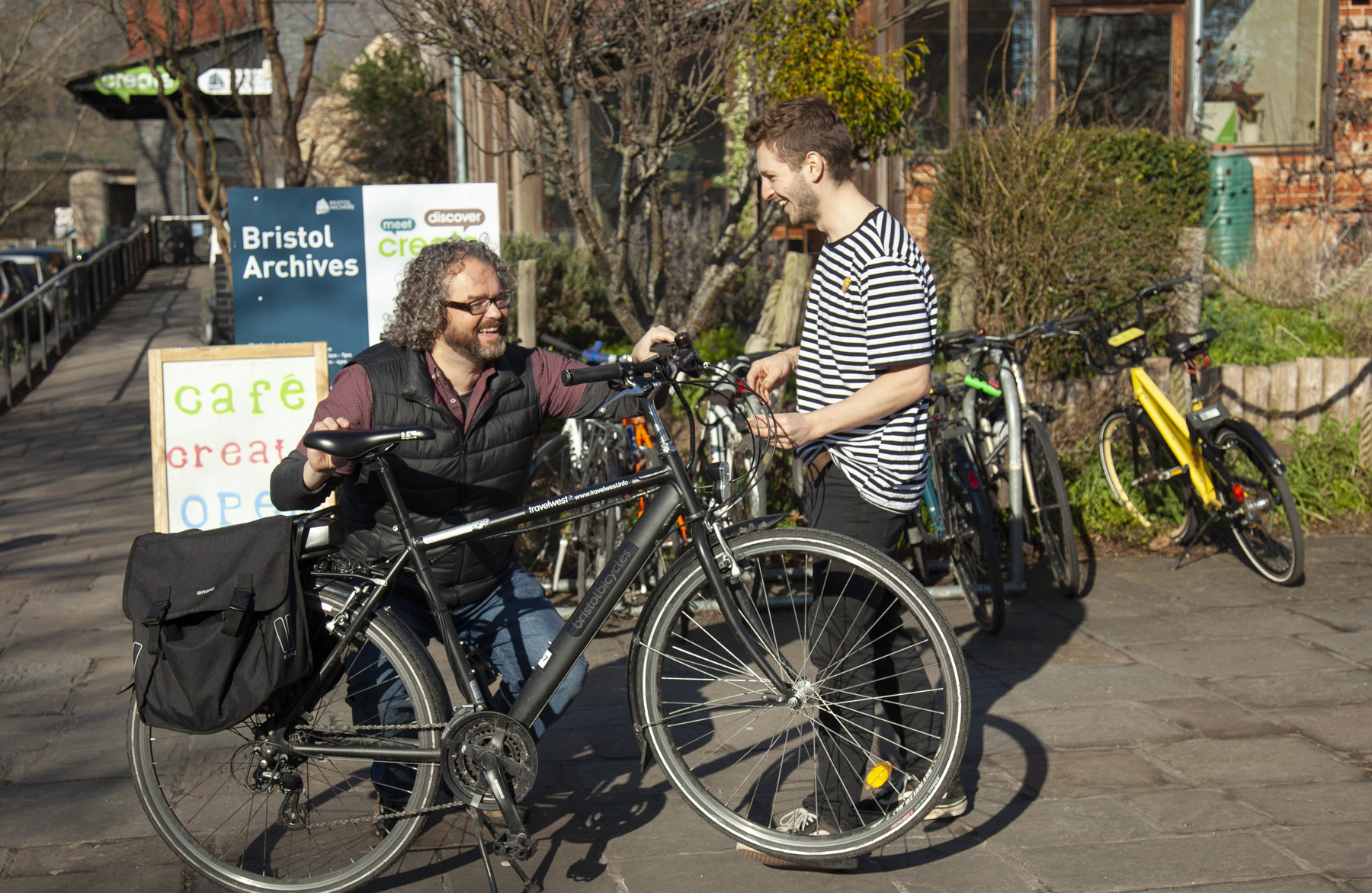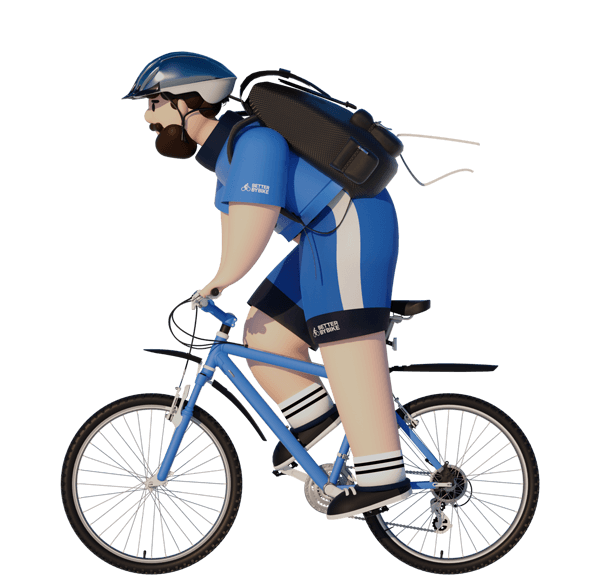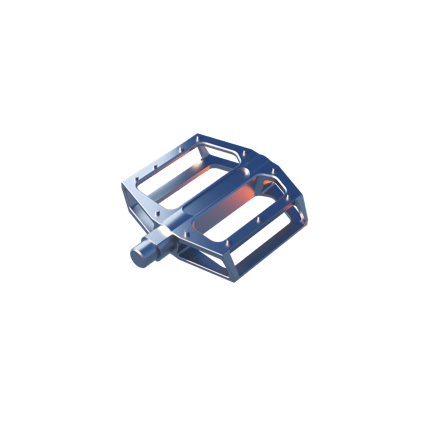Cycle safely
Tips to cycle safely
- Obey traffic lights and signs
- Don’t cycle on the pavement unless it’s a designated cycle path
- Wear a helmet
- Keep your bike in good condition
- Be aware of slippery surfaces when wet
- Ride with a positive attitude and be sure of your decisions
How to be seen
- Make sure you’re in a position that is visible to motorists
- Use bike lights and consider bright or reflective clothing, especially in towns, at night and in bad weather
- Check if other road users have seen you by making eye contact, especially at crossings
- Signal clearly
- Use your bell to warn unaware pedestrians
Things to be aware of on roads
- Lorries will often pull out to the right before turning left. Dot not ride into the gap between the vehicle and the kerb
- Avoid undertaking a vehicle when there is a road approaching to the left. Motorists often do not signal when turning. It’s better to hang back until the vehicle continues
- Drive central on narrow roads
- Ride a door’s width from parked cars
Useful tips for cyclists and drivers
Useful tips for cyclists and drivers on how to share the road.

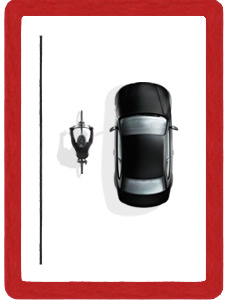


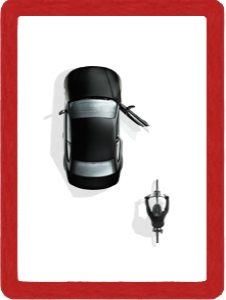


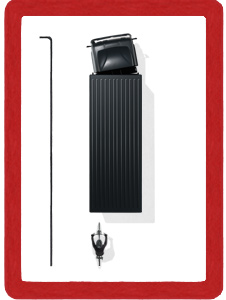

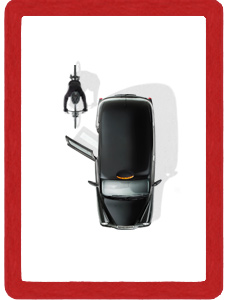
Highway Code advice
- Don’t jump red lights and signal clearly
- Be seen – most accidents to cyclists happen at junctions
- Fit lights and use them in poor visibility and always when it’s dark
- Consider the merits of wearing a helmet and conspicuous clothing
- Keep your bike roadworthy
- Don’t cycle on pavements, except where signed for shared use
- Use your bell – not all pedestrians can see you.
- In wet weather watch your speed – surfaces will be slippery and it will take longer to stop
- The ‘primary position’ in the centre of a traffic lane (otherwise known as ‘taking the lane’) is generally the safest, especially at junctions, on narrow roads and in slow moving traffic
- Make eye contact with drivers at junctions
- Signal confidently if you are turning and always look behind you, making eye contact with drivers, to check you aren’t going to be overtaken
- Consider booking an hour-long adult cycle skills course if you need further tips and advice.
For more info visit Rules for cyclists
Link to website
Shared-use path advice
When cycling on shared use paths please.
- Give way to pedestrians, giving them plenty of room
- Keep to your side of any dividing line where possible
- Be prepared to slow down or stop
- Don’t ride at high speeds
- Be extra careful at junctions, bends and entrances
- Many people are hard of hearing or visually impaired – don’t assume they can see or hear you.
- Carry a bell and use it – don’t surprise people
- Give way where there are wheelchair users and horse riders.
Cycling in the countryside
- Follow the Country Code
- Respect land management activities such as farming or forestry and take litter home
- Keep erosion to a minimum if off-road
- Be self-sufficient – in remote areas carry food, repair kit, map, waterproofs and a mobile phone
- Plan your journey to be within your capabilities
- Match your speed to the surface and your skills.
- Remember, poor cycling behaviour gives other cyclists a bad name.
Tips for motorists
- Always look out for cyclists at junctions
- When turning left watch for cyclists on your near side
- Give cyclists a wide berth when overtaking – at least four feet
- Give cyclists extra space when it’s windy or wet
- Don’t get upset when cyclists don’t use cycle paths, there is no legal obligation for cyclists to use them
- At night, dip your headlights when approaching cyclists
- Do not sound your horn aggressively or in anger
